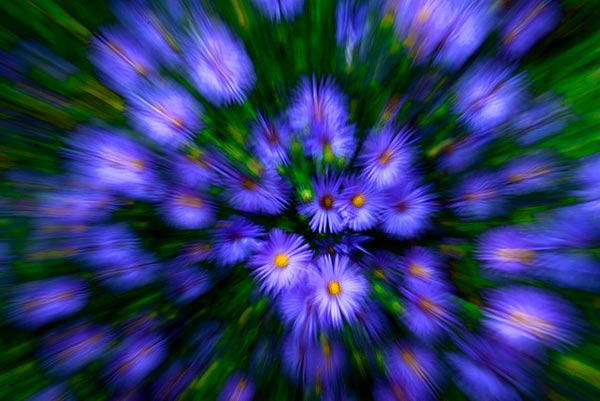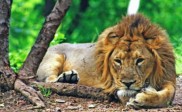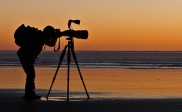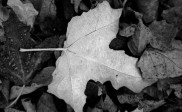How to Capture Motion Blur in Photography
Sometimes, when photographing a moving subject, you will get photos which are blurred, due to a use of an inappropriate shutter speed. This blur is called motion blur and it produces the effect of something leaving a trail behind itself when moving. Although, a photographer’s preference is most of the time to get perfectly sharp images, motion blur can produce impressive effects on an image if used correctly. So, in order to get amazing motion blur pictures, you need to stop thinking of it as a problem to be avoided and start on making it work for you.
Motion blur is mainly induced when the shutter speed you are using isn’t fast enough to capture the movement in the photo. There are 2 techniques used to achieve such an effect, both of them rely on the appropriate shutter speed to be used.
1- Moving subject/Still camera:

Photo by jrodmanjr
The first technique consists of having the camera completely still while the subject is moving. This will make the background or the setting of the photograph appear perfectly sharp and the motion blur effect will only be visible on the moving element. You can, for instance, achieve this effect when shooting car trails at night , or you can take some street shots in a crowded train station and with the use of a shutter speed slow enough you will get some people in sharp focus and others blurred by their movement. While a shutter speed of 1/25s can be good for creating motion blur with people walking, you need to change it according to the subject you are shooting. For instance, you will see the motion blur effect on a speeding cat from a shutter speed of 1/125s and less.
2- Moving Subject/Moving Camera:

Photo by Andrew Morrell Photography
The second technique used in the creation of motion blur is called panning. Panning consists of moving the camera in accordance with the movement of your subject. It will make the background blurred while leaving the subject in focus. This technique may seem to be hard to master at first, but you will get better with practice. There is no magical spell. You need to set a shutter speed appropriate for the type of movement you have in front of you, then you need to wait for your subject. Once it enters the frame, press the shutter button and move along with the subject. Try to only use your upper body when following the subject and don’t move your whole body. Great results can be obtained with this technique especially with subjects such as car races, horse races, etc. Basically, the faster the movement the better, as it will allow you to use faster shutter speeds which, in turn, will help in getting a clean and steady motion blur lines in the background. A second issue with this kind of technique if auto focusing, as it can be challenging with fast objects. You can set the auto focus, to the focus tracking mode, and the camera will be able to keep the focus point on your subject as long as it’s within the frame.
Finally, there is another technique which can be considered as producing motion blur. Although the subject can be perfectly still, there is still movement from the camera. This technique is called zooming and consists of zooming in or out while taking the photograph, to produce a vortex like blur effect around your subject. This technique is like the previous one, a little bit challenging at first, but gets easier with practice.
Remember, when shooting with really slow shutter speeds try to use a tripod. Although you are trying to produce blur, you will want to keep camera shake to a minimum.





Beautiful pictures great results . I might have a go at this seems simple enough .. thanks for the share
nice ..photography …thanx for sharing
Thanks for sharing these tips !
I have been trying to take photos like this for a while now. I’m going to practice with some of your tips. Maybe this time I can do it. Wish me luck!
I’ve been trying to learn this motion blur photography but i fail most of the time, Thank you for this tutorial, My shots are better now and I think i am doing it right now.
This post is fantastic, as it teaches us various strategies for capturing beautiful motion blur photographs.